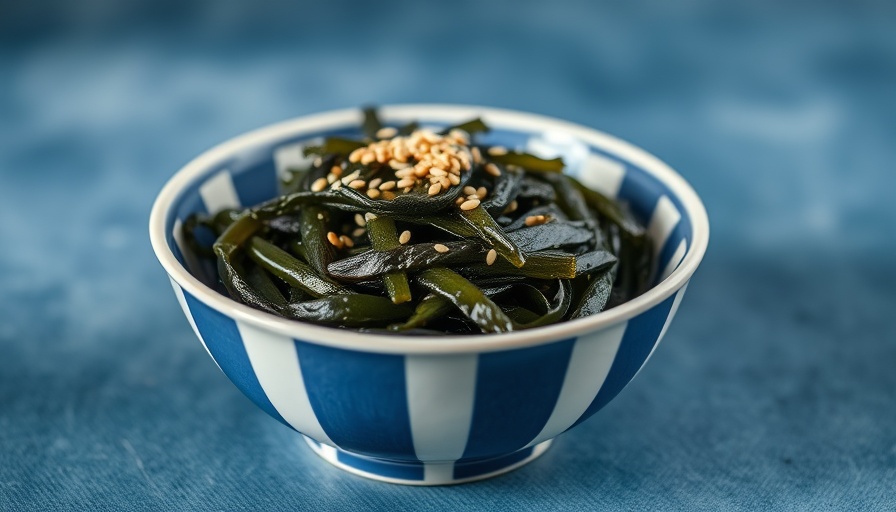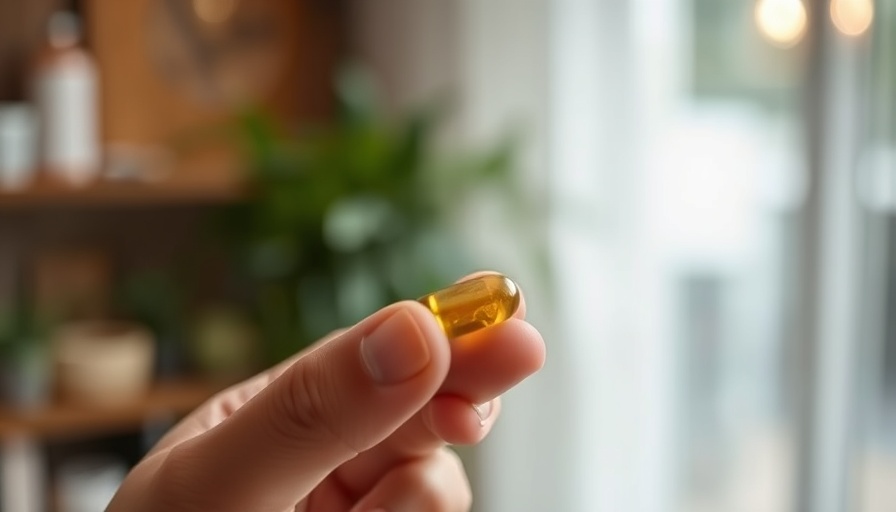
The iodine dilemma: Why we need to pay attention
Iodine isn't just another nutrient; it's crucial for our well-being. It plays a fundamental role in thyroid health and, consequently, in overall metabolism. With the surge of plant-based diets, many people overlook their iodine intake. How many individuals genuinely know how much iodine they consume? Most don't. The reliance on dairy milk for iodine—a source that people with lactose intolerance or vegans might avoid—is a gaping hole in our dietary awareness. Enter sea vegetables—our unsung heroes of iodine.
Plant-based milk: Not enough iodine
Countless consumers opt for plant-based milk alternatives, including almond, oat, and soy milk, often in the name of wellness. However, many of these options lack iodine content. Even the fortified varieties might not deliver adequate amounts. Those taking soy products need to be acutely aware of their iodine levels, particularly given soy’s history of thyroid influence. While soy foods can be incorporated into diets safely, the significance of iodine must not be brushed aside. Regular soy consumers should prioritize iodine intake via other sources.
Brace for seaweed: Nature’s iodine powerhouse
When seeking a dependable iodine source, sea vegetables are where it’s at. A single gram of certain types of seaweed can supply up to 2,000% of the daily iodine recommendation. Now that’s impressive. The beauty is that iodine is stored in the thyroid, allowing for occasional seaweed consumption to maintain an adequate iodine level. For those who might shy away from seaweed due to its potential for excessive iodine (like kelp), moderation is key. The last thing anyone wants is to flip from iodine deficiency to hyperthyroidism.
The under-discussed risk of iodine deficiency
Why is iodine deficiency still an issue? It’s alarming but true that only 53% of home-use salt is iodized. With alarming numbers of processed foods using non-iodized salt, it’s no wonder people are at risk. We need to spread the word about the importance of regular iodine checks, especially in communities leaning towards low-salt diets.
Empowering choices: What you can do
The question isn't just where to find iodine but how to ensure you consume enough. Incorporate diverse iodine sources into your menu. Explore sea vegetables like nori, dulse, and arame. If you're hesitant about the taste, think of them as a seasoning addition to soups, salads, or even sushi! For those in the cooking scene, consider recipes that creatively showcase seaweed. Get adventurous!
The cultural narrative: A global perspective
In various Asian cultures, seaweed has long been a dietary staple without the significant thyroid issues that others face. Why? Regular consumption in moderation seems to be the answer, paired with a balanced diet that provides all essential nutrients. This cultural wisdom speaks volumes about iodine’s role and how palate preferences shape diet. As the push for plant-centric diets gains momentum, understanding the global views on nutritional sources becomes vital.
Stop neglecting iodine
Iodine deficiency is real, and its implications can be severe. Let’s not allow the confusion surrounding iodine's sources to put public health on standby. We need to inform, educate, and advocate for dietary iodine awareness. Don't allow your health to drift into murky waters.
Final words
Our health should be our top priority. Educate yourself on iodine. Advocate for its importance. Your thyroid, your health depend on it. Let's challenge nutritional norms: คfind ways to ensure you, your family, and your community have the iodine they need to thrive. Dive into culinary adventures with sea vegetables; embrace this ancient food source that has so much to offer. The tide is changing—join the wave for a healthier future.
 Add Row
Add Row  Add
Add 




 Add Row
Add Row  Add
Add 

Write A Comment